Characteristics are attributes which make something or someone unique. Labelling those characteristics is a step towards definition and categorisation.
Although it clearly has a distinctly Asian culture, Japan is unarguably one of a kind among them.
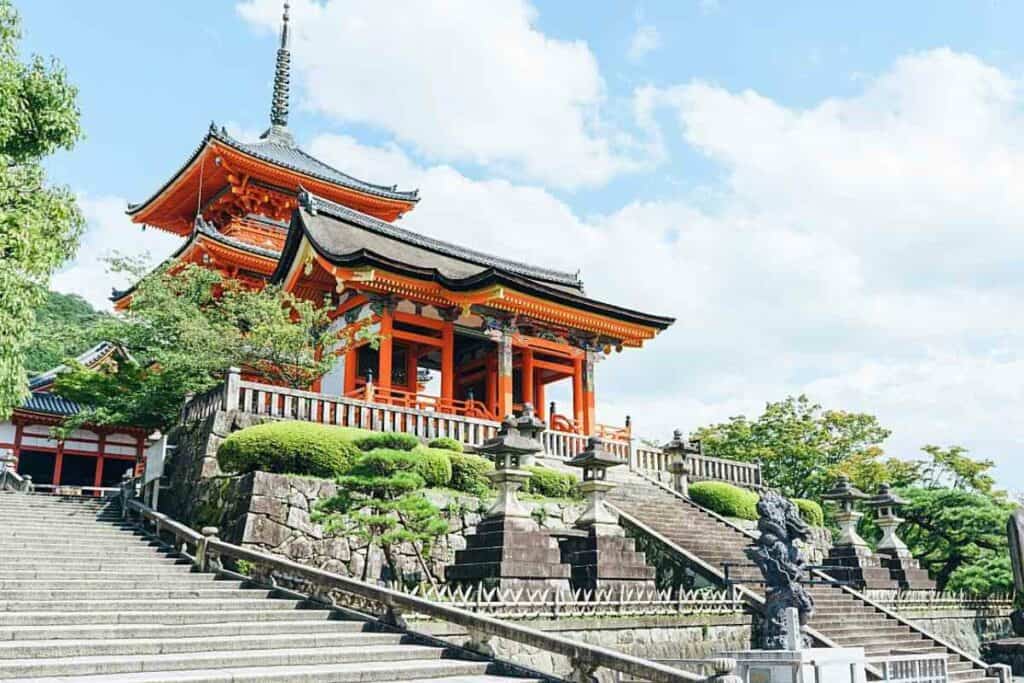
Branching away from China in the distant past, Japan has a great many attributes which are rooted in Chinese culture.
Nevertheless, it is worlds apart from every other culture on the planet.
Here we will outline the characteristics that make it so distinctive.
Table of Contents
Why Is Japan Such a Unique Place?
Japanese culture is steeped in both history and tradition, aligning it with many other cultures around the globe.
It is, however, a culture which has developed and evolved around a particularly unique collection of islands.
Being an archipelago, Japan is made up of over fourteen thousand individual islands, isles, and islets making it one of the most ironically individual countries there is.
Each inhabited segment has its own defining characteristics that complement the whole.
It is no surprise, given this fact, that one of the main characteristics of the culture is so closely aligned with the Ocean.
1. Fish
The Japanese Fishing industry is one of the largest in the world.
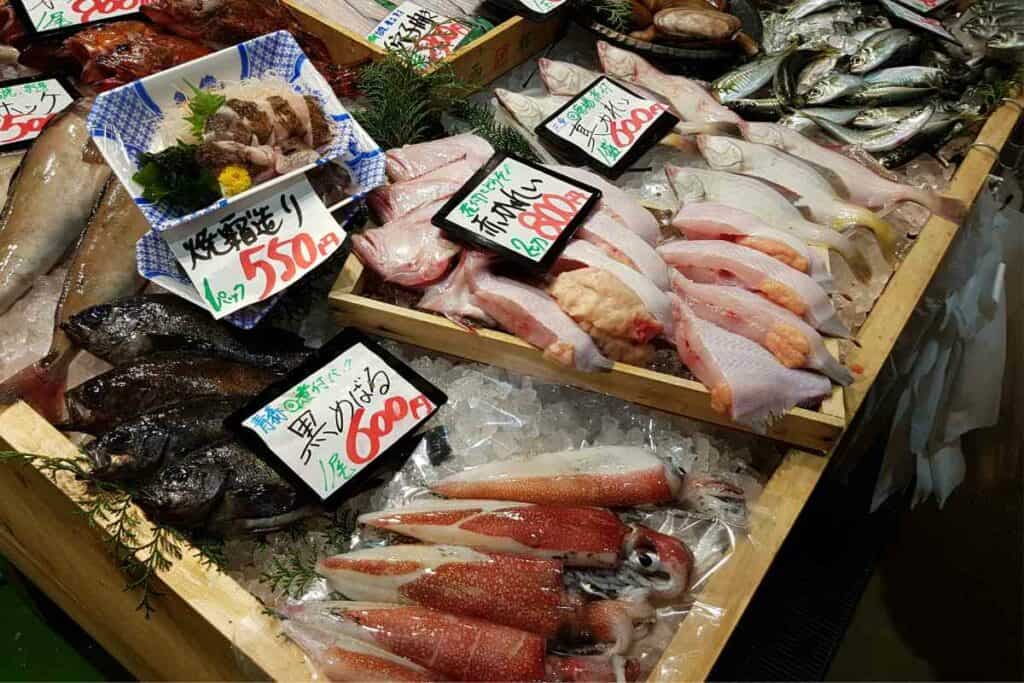
As a result, it is a major element of the culture. Many Japanese fishermen spend their lives on the water, making their livings from the fruits of the Sea.
In 2021 alone, Japan exported in the region of 120 million dollars’ worth of live fish.
Some of the most prominent exports include:
- Sea Cucumbers
- Scallops
- Molluscs
- Mackerel
It is no wonder why Japanese Sea food is globally famous.
Read later – Tenkara Fishing Guide
Even though Sushi originates from ancient China, it is Japanese sushi that makes the Land of the rising Sun the world’s Sushi capitol.
The fish is also a pertinent symbol in Japanese culture. Koi, for example, or the Japanese Carp, is emblematic of Courage and Success.
At some Japanese festivals, Koinobori (鯉のぼり) – colorful carp streamers – are either bought or crafted at home and paraded in the streets.
Interesting Note – Japanese tattoos are often either dragons or fish; Japanese Koi designs are even quite popular in the Western world.
2. Food
Not only famous for its fish, but Japan also has an array of unique foods to offer.
From Ramen to Tofu, Japanese cuisine (or ‘washoku’) is largely centered around both fish and rice.
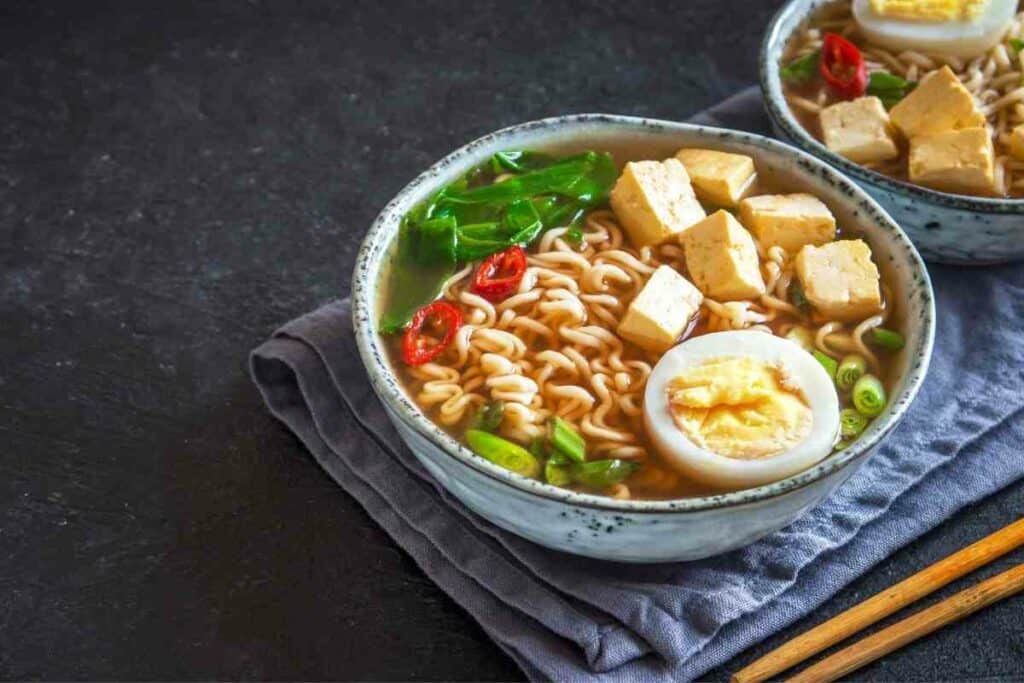
However, Japanese meals take advantage of all five commonly used flavors: hot and spicy, bitter, sweet, and sour catering for all pallets.
Uniquely, however, the Japanese have identified a sixth: Umami; a savory flavor naturally found in foods like Miso, Shitake mushrooms, and soy sauce.
Food is a big deal in Japan. Restaurants are everywhere you turn, and it is one of the most popular destinations for foodies.
3. Festivals
Also considered to be festival capital of the world, Japan is hugely famous for its incredible number of annual celebrations.
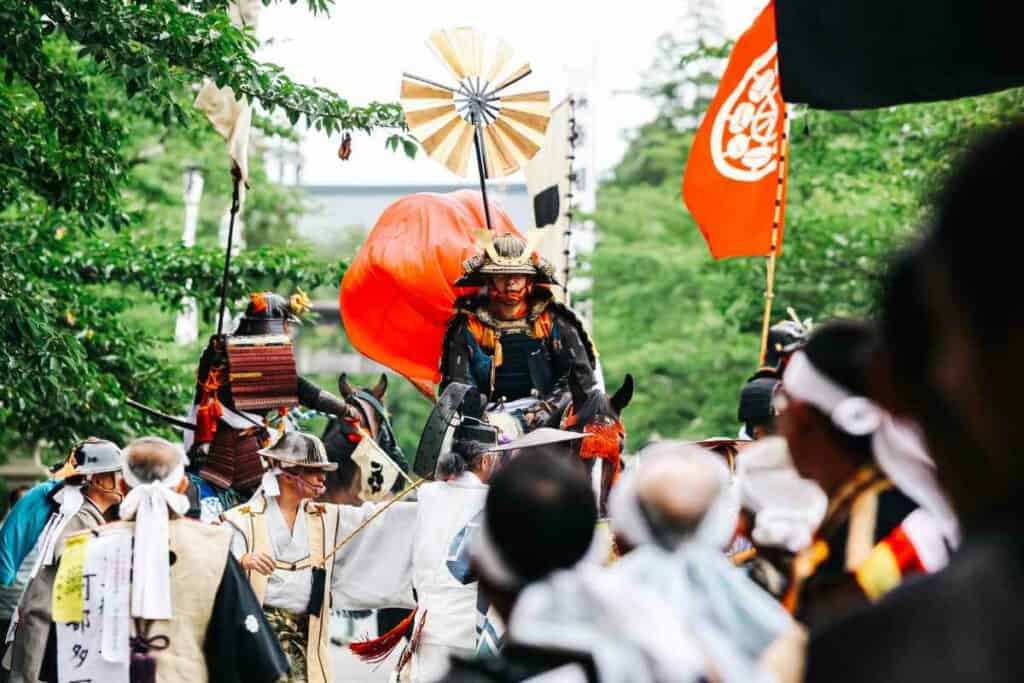
I mean, they have a festival to celebrate almost everything about life! Over two hundred thousand take place each year, across the country.
They even have an entire week nationally dedicated to them (Golden Week).
Take a quick look
From festivals of Fire to celebrations of the Phallus, celebrating and Japanese culture are inseparably intertwined and they are almost as common as vending machines.
Read later – Japanese Vending Machines Guide
Predominantly, Japanese festivals exist because of the depth at which Religion has influenced their history. Most are centered around temples and shrines; coincidentally, there are almost 200,000 of those.
4. History
Characterised, in part, by its poignant history, Japan has a fascinating past which has been preserved in many different ways.
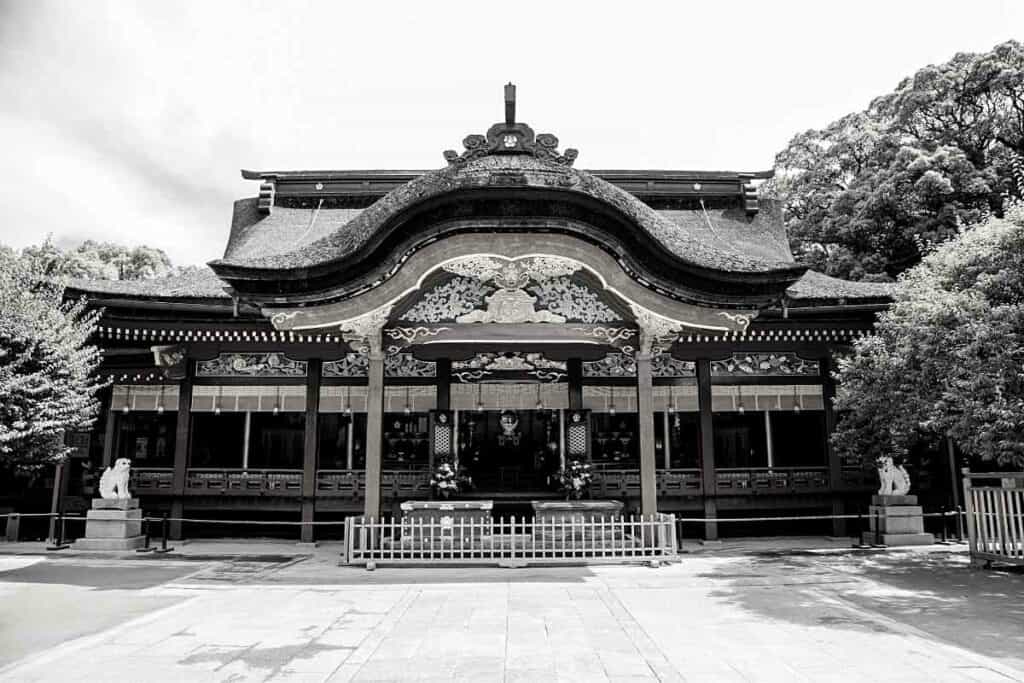
Via traditions, ancient architecture, and valuable historical artifacts Japanese history is a major point of interest for many people all over the world.
Once governed by the famous Samurai, the country is littered with historical architecture which dates back to the days of these ancient warriors; whole districts have been conserved.
Artifacts like ancient armour sets and Samurai swords, are displayed in a number of museums.
Key Fact – Japanese history has been traced back over 14,000 years, to a period known as the Jōmon era.
5. Religion
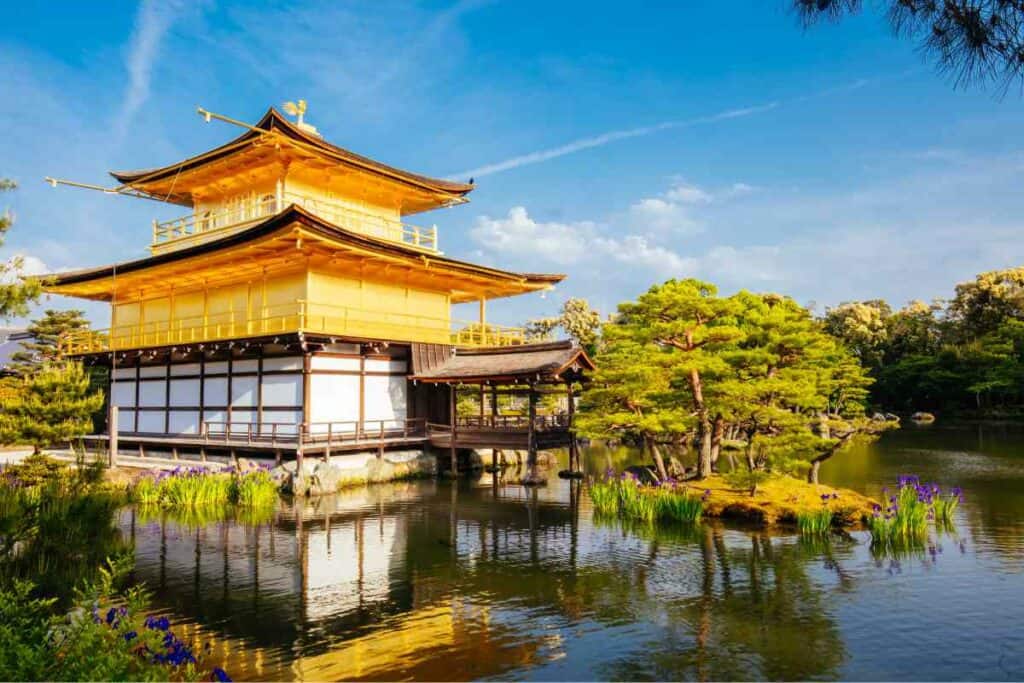
As old as the culture itself, Shinto has existed in Japan ever since its memories began and is the largest practiced religion in the country.
Second to that is Buddhism which followed from mainland China some time around the sixth century.
Read next – What Does Shintō Mean?
Although other religions like Christianity have found their way to Japanese shores, these two have carved their place in its history and the entire archipelago is permeated with shrines, temples and monuments dedicated to them. Many Japanese even practice both.
6. The Cherry Blossom
Likely the most prominent symbol of Japanese culture, next to Mount Fuji, the cherry blossom is the first thing that jumps to mind for most of us when it comes to thinking about Japan generally.
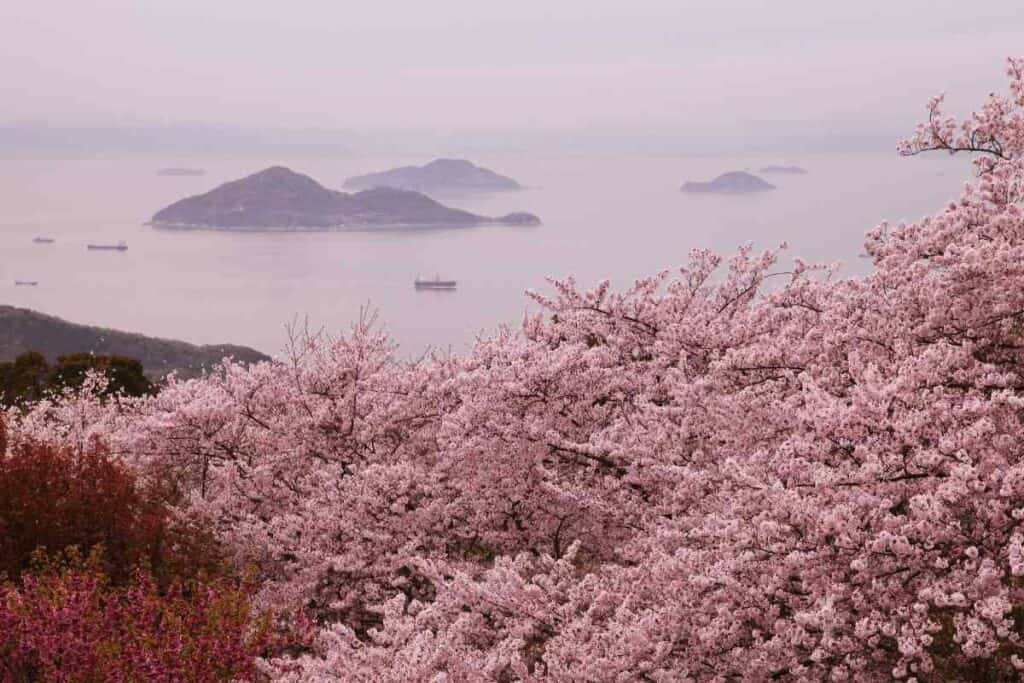
It is so symbolically significant that many make a point of traveling to Japan in Spring, just because this tree blossoms and blankets the landscapes pink.
Along with Religion, nature also triggers times of celebration in Japan. Festivals mark the intense Mexican wave of blooming blossoms across the streets and parks of almost every island.
When the blossoms fall, their petals are known as Sakura Snow (Sakura Fubuki).
7. Mountains
With a landscape consisting of almost thirteen thousand named mountains, Japan is ultimately characterised by the vastness of its mountainous terrain.
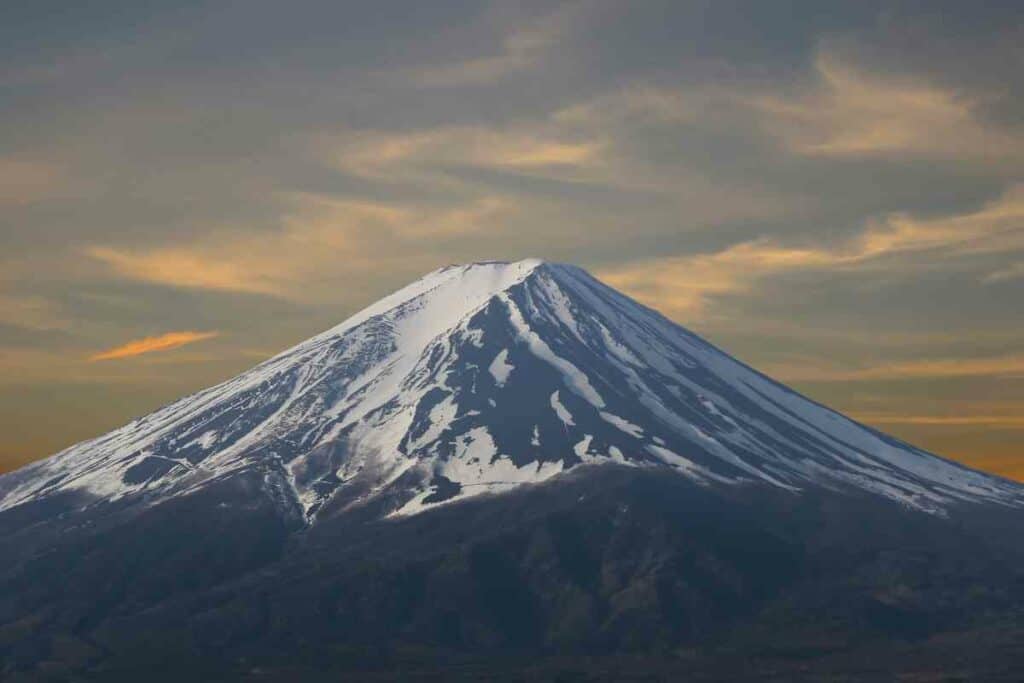
Among these 12,955 peaks, stands the famous 3,776m Mount Fuji, surrounded by its famous five lakes and seen from almost everywhere in Japan.
Featured on bank notes, this famous mountain is the main emblem of the Land of the rising Sun for many.
It is often the sole reason people visit and is hugely symbolic to Japanese natives. Because there is so much terrain to speak of, hiking and skiing are both massive in Japan.
Thanks to this terrain there is a multitude of natural hot springs which are also considered symbolic of the culture.
8. Samurai
Arguably one of the most fascinating aspects of Japanese culture, the famous warrior class of the Samurai were once the ruling class of this incredible set of islands.

Iconic, their elaborate armour and prestigious weaponry are both admired and respected globally.
There are Samurai museums, festivals, movies, and even Playstation games commemorating them.
Known as ‘Bushi’, they adhered to an intensely strict code of moral conduct called bushidō, by which they both lived and died.
Although descendants of these fierce warriors still exist today, it is illegal to carry weapons and so it is very rare to see a Samurai in this day and age.
Nevertheless, their legacy lives on and they stand as one of the biggest aspects of Japanese culture and history.
9. Geisha
Considered to be one of the most pertinent symbols of Japanese culture, the geisha are female entertainers trained in an ancient tradition dating back to the 1600s.
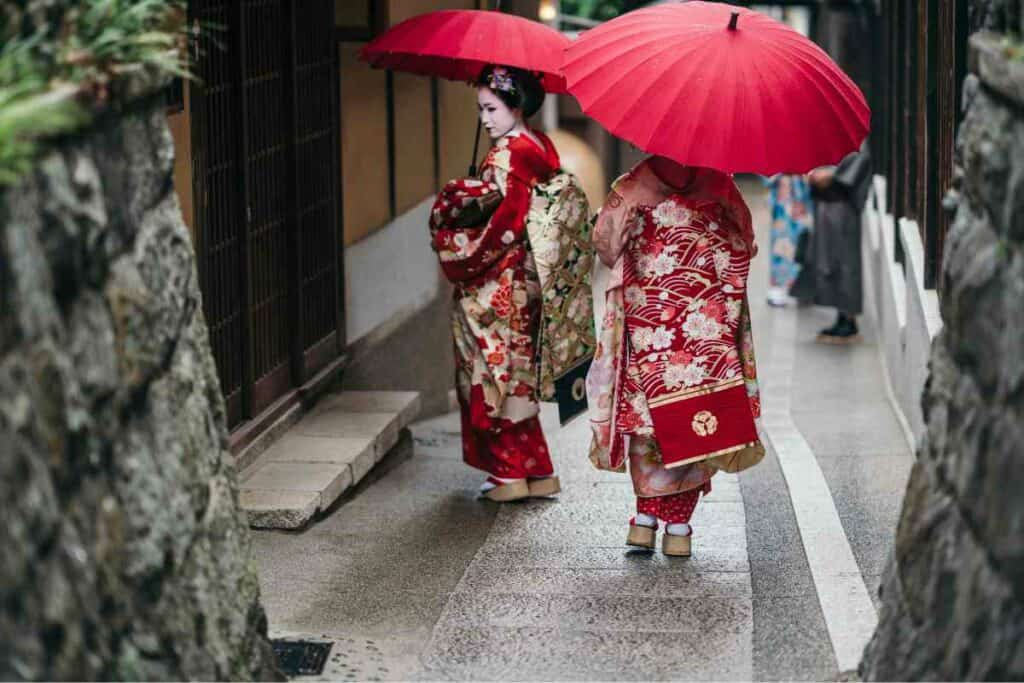
Distinct from both courtesans and prostitutes, the Geisha were and are very well-respected in Japan.
They entertained nobility and even put on shows for the Samurai. Although they are declining in numbers, there are still hundreds working in Kyoto and other places across Japan today.
Interesting note: because of their iconic make up and dress, it can take up to and over two whole hours for them to get ready for work!
Final Thoughts
When we think of Japan, at least one of these 9 characteristics springs to mind.
From the famous Kimono to the beautiful blossoms of cherry trees, there are many intriguing elements of Japanese culture.
Without even mentioning their amazing art, their stunning array of lakes and rivers and their world-famous entertainment in anime and gaming, Japan is undoubtedly one of the most captivating countries on planet Earth.
- 12 Things Tourists Should NEVER Say in Japan
- Kissing Robot: Exploring the Popularity of the Chinese Kissing App
- Unlocking the Secret Dating Rituals Only Locals Know in Japan
- Samurai Armor: Ancient Protection for Japan’s Elite Warriors
- 10 Amazing Facts About Schools in Japan: Unique Traditions and Educational Practices
- Where can you see snow monkeys in Japan: Best locations and viewing tips









